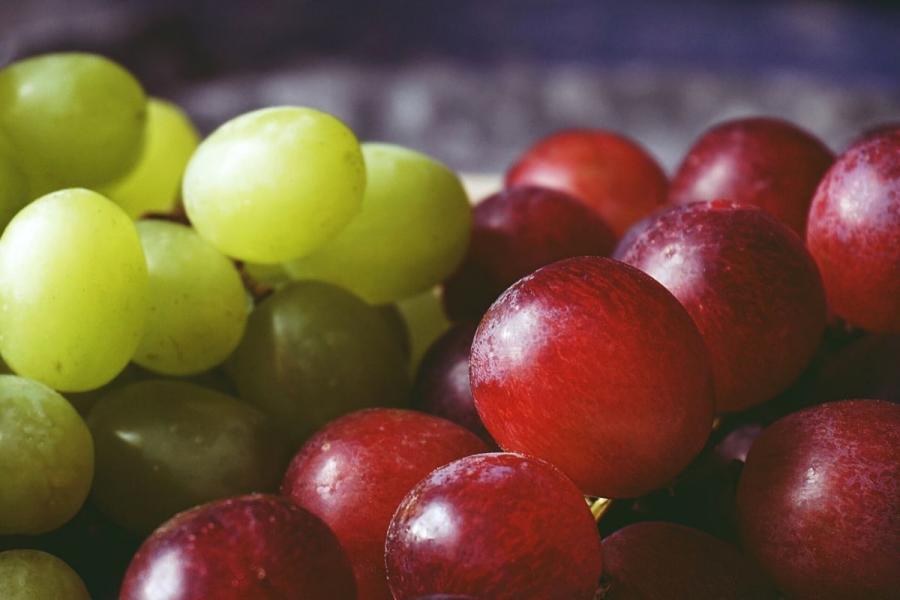Wine in Asia
There are some promisisng areas for wine production.
Wine did not have the importance in Asia that it always enjoyed in the Western world. It is true that the climate in most of Asia does not encourage wine production but there are some promising areas. China, Japan and India are developing an interest in wine and there are some domestic wine industries growing gradually.
There is wine in Asia
Asia’s climate is in the main not right for quality wine production. Vines have been grown in Asia for thousands of years, but most grapes have chiefly been eaten at the table, as fresh fruit, or have been dried, becoming an invaluable ingredient in their cuisine.
China, Japan and India are developing an interest in wine. There are some domestic wine industries gradually growing and becoming important. A number of areas show promise and with adequate investment and expert care could give the established countries in the Old and New world of wine a run for their wine production.
Wine in China
Though grape seeds introduced in the second century most vineyards still concentrate in table grapes or dried grapes.
Wine industry is still very young, but careful investing would take it far as there is an ever growing interest in wine.
The best grape growing areas would be found in the cooler coastal provinces of Shandong, Hebei, and Tianjin.
Huadong Winery in the Shandong province was the first to offer modern wines. It was founded by British merchants from European grape varieties such as Chardonnay, Riesling, and Cabernet Sauvignon. The most promising states in the Shandong province are Chang Yu and Quingdao.
HuaXia winery in Changli, Hebei province, is another leading wine state. It is responsible for the Great Wall Red wine.
Wine in Japan
Vines have grown in Japan since the 7th century although mainly for the table. Only 10% of the annual crop of grapes will end up in a wine bottle. Japan’s monsoonal weather does not make for an easy grape growing. The wine regions of Yamanashi and Katsunuma must be incessantly vigilant about fungal diseases, the looming threat there, while the worry for estates in central Hokkaido are the low temperatures. Local producers often boost their output with imported grape concentrate.
Some European grapes – Cabernet Sauvignon in West Yamanashi and Chardonnay in Nagaro - are promising, as is Koshu wine, a local white. Other local grape varieties tend to make very light wines. Neo-Muscat and Ryugan are other white grapes grown for wine.
Other alcoholic beverages in Japan
Sake is known as rice wine but sake is made by multiple parallel fermentation of polished rice, a method closer to the brewing of beer than the making of wine. Mirin is another rice wine similar to sake but sweet and with lower alcohol content; mirin is mainly used for cooking.
Sochu liquor is popular in Japan. Sochu is made by distillation from Japonica rice and using white Koji mold for the fermentation process. It has an alcoholic content of 25%, stronger than wine or sake but weaker than whisky. It might be consumed straight from the bottle, with water and ice, with hot water, or in other cocktails; sochu mixed with oolong tea, fruit juice, or low alcohol beer, for instance.
Awamori liquor is similar to sochu, but this time it is made in Okinawa by distillation from Indica rice and using black Koji mold. Drink awamori with water and ice, or in cocktails. Beware, awamori’s alcohol content rises as the liquor ages, and it might become so elevated as to catch fire.
Umeshu is a Japanese liqueur made by stepping green ume fruits –known as Japanese plums- in sochu or sake. The recipe uses sugar and the resulting liqueur tastes sweet and sour. Umeshu is some times referred to as plum wine, but this is not a happy translation.
Beer is probably the most popular alcoholic beverage in Japan. First beer houses were opened by Dutch merchants for the sailors working in the trade routes. The country took it from there to have several local large beer producers. Drinking beer while munching edamame a common sight in the Japanese summer.
Some of the best whiskeys in the world are produced in Japan. Take the 30-year old Suntory Hibiki, for example.
Wine in India
There are large areas in India dedicated to grape growing -the principal regions for the cultivation of grapes are the states of Maharashtra, Karnataka, and Andhra Pradesh- but 90% of the Indian harvest will end up as table grapes or raisins, though grapes have been known in India since 300 BC. Most of the the remaining 10% grapes used for winemaking will finish as part of the large volumes of ordinary wine produced in India. Nevertheless, there are several pioneer estates proving India is capable of making world class wines, despite adverse climate conditions.
Château Indage in Maharastra is well known by sparkling wines like Omar Khayyam. They offer a newsletter and you can also inquire about their hotels.
In the same region, Sula Vineyards use Chenin Blanc and Sauvignon Blanc grapes to make intense white wines. Chardonnay is the other white grape variety grown for white wine.
Grover Vineyards, near Bangalore, make a range of concentrated wines based in French grape varieties, like Cabernet Sauvignon. Pinot Noir and Merlot are also cultivated.
Once upon a time, wine was mixed with honey or a sweetener to make it more palatable. That was before the science of making wine evolved. However, today we still add, on occasion, sugar and spices to wine.

